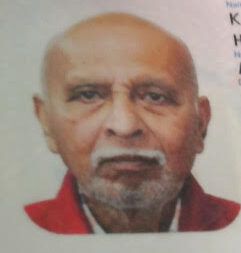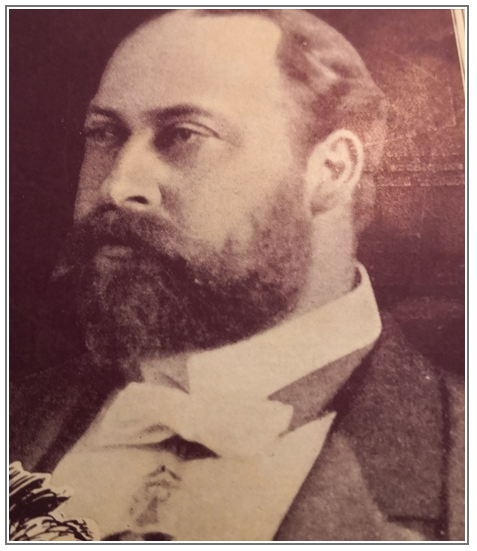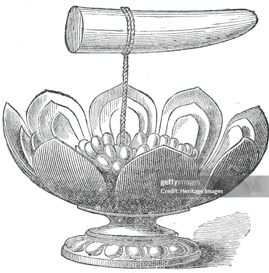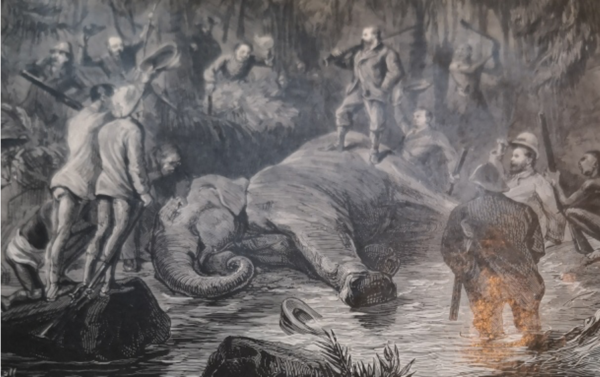THE PRINCE OF WALES ‘ SLAUGHTER DRIVEN VISIT TO CEYLON IN 1870 – By HUGH KARUNANAYAKE


Queen Victoria’ s eldest son the Duke of Edinburgh, the Prince of Wales made a much publicised visit to Ceylon in 1870. John Capper then Editor of the Times of Ceylon, even authored a book titled “ The Duke of Edinburgh in Ceylon, a book of elephant and elk hunting”to cover the visit. . The Duke was 29 years of age and reputed to be have had a great expertise in foreign affairs. His visit to Ceylon was part of a tour which included India. The tour took place in an age when the hunting of wild animals including birds was considered a” Gentleman’s sport” The Duke undoubtedly lived up to the expected standards of the day. He arrived in Colombo in the ship “Serapis” to a ceremonial welcome led by the Governor WH Gregory. On the following day he journeyed by train to Kandy where many receptions were organised for him At Kandy he was admitted to the inner sanctorum of the Dalada Maligawa where he had been granted the unique privilege of seeing the tooth relic. In a special souvenir to mark the occasion, a writer described the Prince’s visit in detail. The Prince who succeeded his mother Queen Victoria upon her death in 1901 ascended the British throne as Edward VII. The Souvenir which marked the occasion was authored by Sir Richard Holmes,Librarian at the Windsor Castle for many years. He described the Duke’s visit to the Dalada Maligawa in the following words;” At one side of the table surrounded by as many as could crowd in after him, the Prince took his place. One priest produced a bundle of keys from some secret receptacle, and then unshrined the relic. A sliding spring was touched, and the outer case opening, revealed inside another of gold, also jewelled again came in view a new casket like unto its fellow. And so on, the operation was repeated five times, until at last Buddha’s tooth was revealed reposing on a golden lotus leaf. All these caskets or shrines were presented by the kings of Kandy, the most recent dated 1464, and the inside case 200 years before.“ No hand might touch the Holy of Holies
There was an expression of awe on the faces of the priests which could not have been feigned. The eldest, a venerable man in spectacles, who quivered with emotion taking up the gold lotus leaf n one hand, was supplied by another of the priests with a small piece of cambric. Placing this carefully between his fingers, and not allowing his hand to come in contact even with golden lotus, he took up to the Prince’s gaze”.

The visit to the Temploe of the Tooth did not seem to have any impact on the Prince”s desire to slaughter animals. His visit was marked by two days of hunting. There was some bird shooting on the morning of December 5 and the party tried for deer, but heavy rain prevented any deer slaughter but the party succeeded in killing a buffalo. The main item on the agenda however, was elephant shooting. They proceeded to Ruwanwella where there were reportedly two herds of elephants in the forest. When the Prince’s party arrived at the kraal where a herd was corralled, they were met with fierce resistance by the leader of the herd an old tusker. He not only refused to be driven but continuously charged and broke through the beaters who sought safety by climbing up trees. Eventually the kraal organisers decided to start fires, to drive the elephants into a corner. The Prince was virtually offered a wounded elephant for the ‘coup de grace’, and in the melee a couple of other elephants were shot, Finally the Prince bagged his elephant, and proceeded to cut off the dead animal’s tail to take with him as a souvenir. Such behaviour may seem distasteful in today’s world, but in that day and age it was a sign of heroism! O Tempora O Mores !

THE PRINCE OF WALES STANDING ON THE DEAD ELEPHANT







